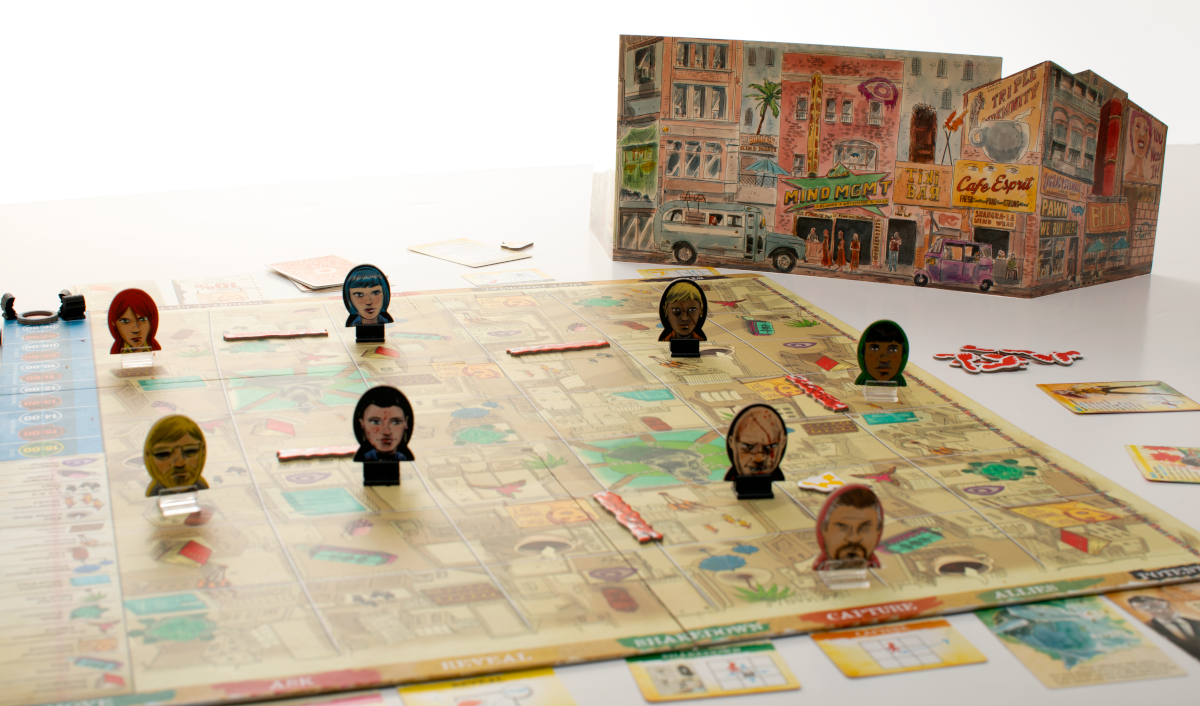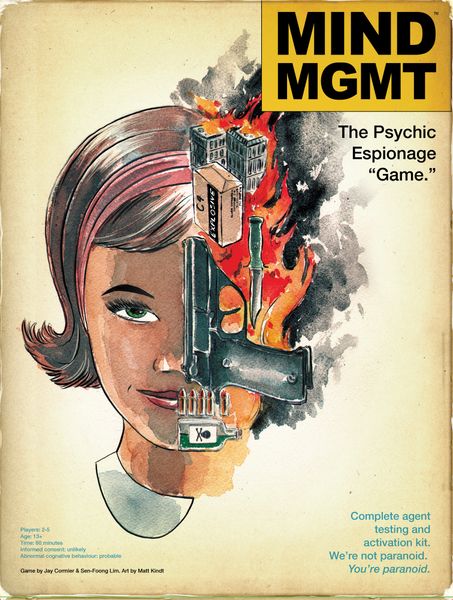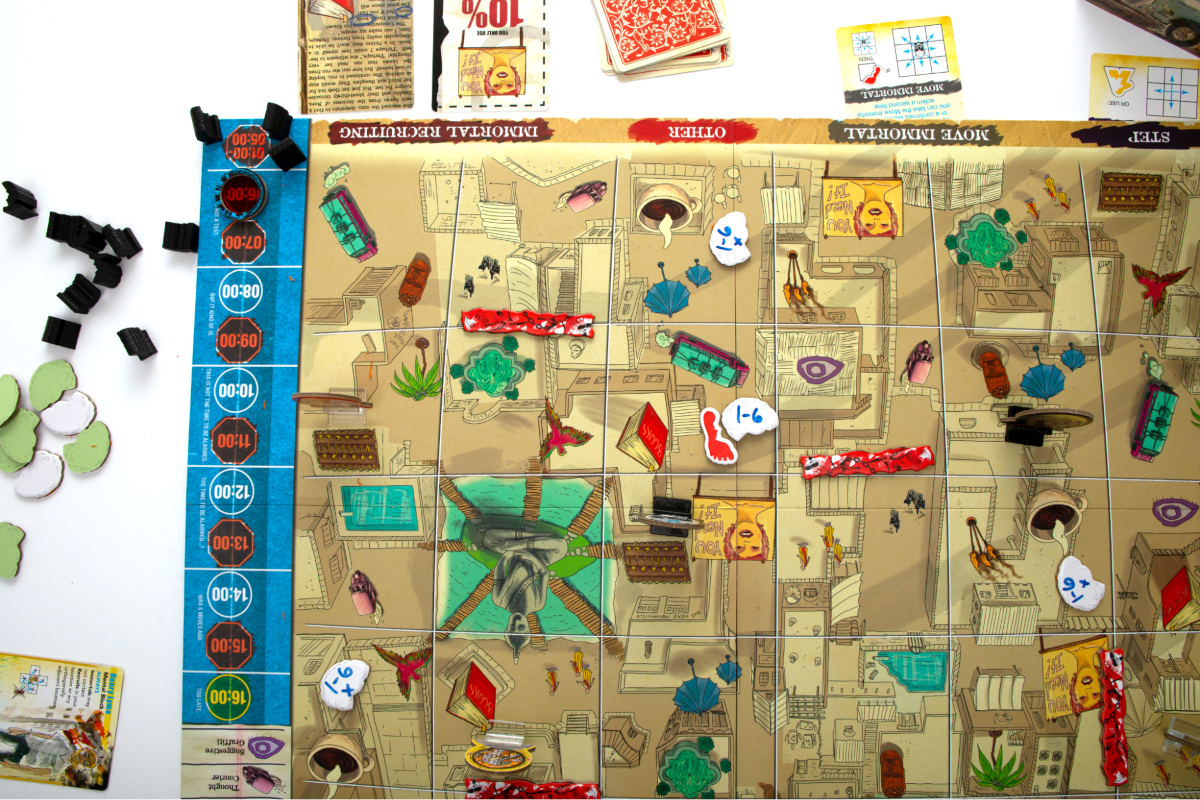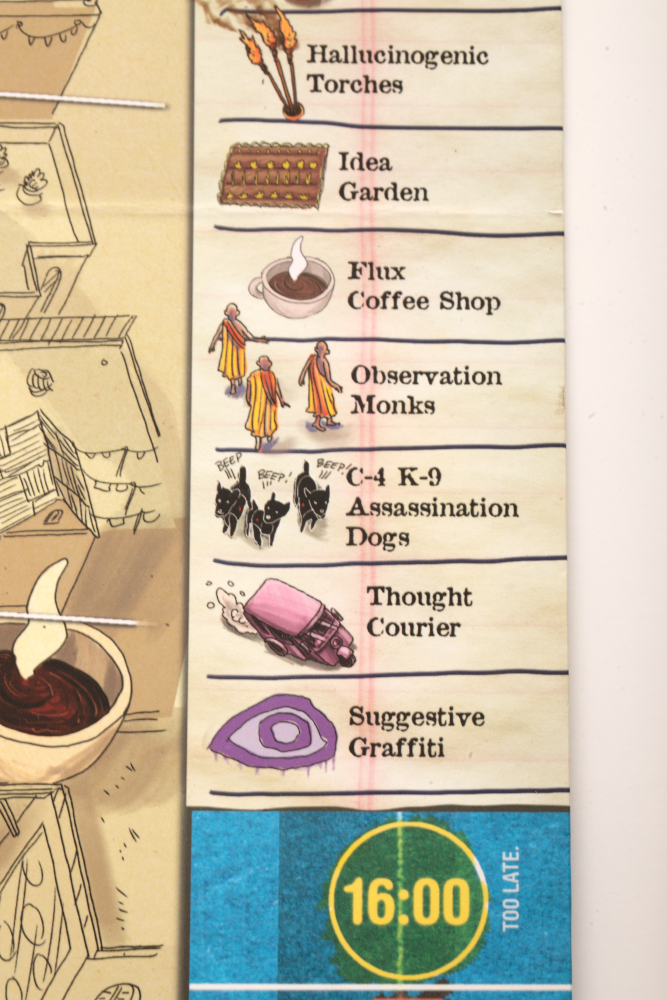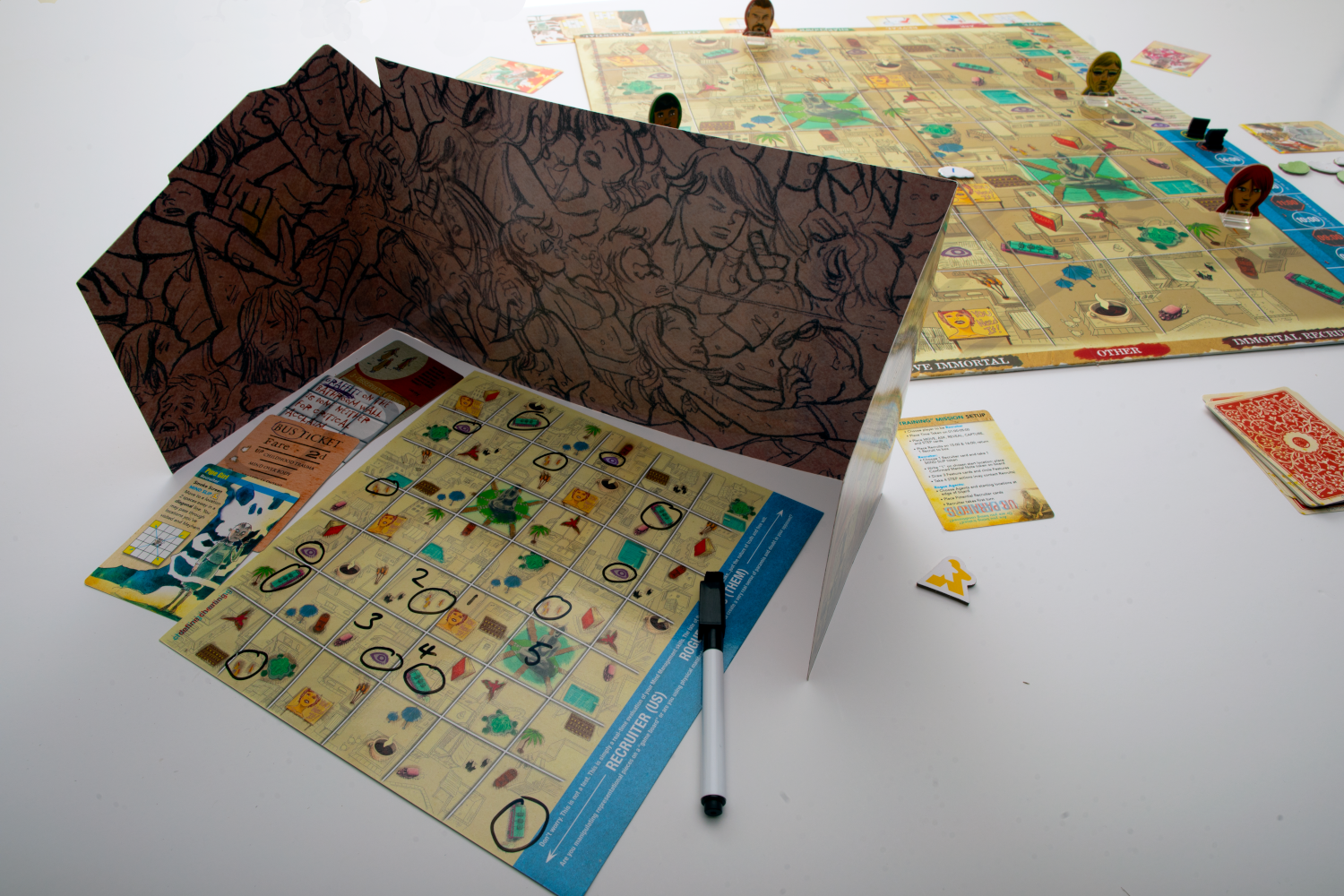As part of our June Spotlight on MIND MGMT, we strive to inform readers of little extra tidbits surrounding the game. Games are made by people, and one of those tidbits we enjoy is learning a little bit more about the people behind them. Some designers shy away from the public stage, while others enjoy being front and center.
In all the time we’ve been reaching out to designers, this may have been the first instance where the truth is stranger than fiction, with numerous obstacles, challenges, and missteps actually getting to sit down with the estimable Canadian design duo known as the Bamboozle Brothers – Sen-Foong Lim and Jay Cormier. Normally this pair of wonderful and chatty humans are anything but shy when it comes to gaming, their endeavors, and pretty much anything else they find interesting. Normally that would have probably let to lengthy chats usually only reserved for game nights and conventions. Normally this would have allowed us to get this info on MIND MGMT out to you much sooner. Say, while we were still in June.
![]()
They key to all that is normally.
Attempts to be timely were made, naturally, but for a series of inexplicable reasons things just didn’t work on our schedule when trying to discuss the existence of MIND MGMT and the game simulating its operations. Emails mysteriously didn’t get sent. Audio equipment kept malfunctioning. Partway through the month Jay mysteriously vanished for several days with no memory of the event even occurring. And to cap it all off, anytime we attempted to post the interview in its entirety with all the pointed details about the agency’s inner workings, the system we were on would crash – 5 times across 4 different systems. Only when those particular portions were deleted were we even able to have this go live this morning.
Now, if we were the paranoid sort, we’d say it almost felt like forces were working against us in a deliberate and precision manner rather than a series of random events. But we all know that’s totally just fiction…
Right?
At any rate, we were able to put something together from Jay and Sen about this game about a purely imaginary MIND MGMT company operating from the shadows and controlling events. In this One V Many hidden movement game, one player acts as the Agency recruiting new members to their organization. The rest are Rogue Agents trying to stop them before time runs out.
With some clever twists on the hidden movement genre such as the involvement of elements of set matching and pattern recognition, as well as an innovative way to scale up the depth and complexity of one side in a non-permanent way, MIND MGMT certainly adds some brain burning ideas to the mix. We were definitely curious how Jay and Sen came up with some of them and why it particularly worked for this comic-esque setting, and after much effort were were able to talk with them and find out. We share part of that conversation with you today.
The part of you we’re allowed to anyway, it seems…
Enjoy!
Round One Questions
CR: What was your Gateway Game?
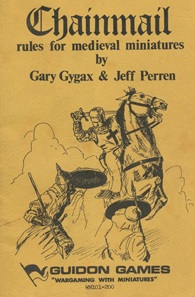 Sen: Chainmail, which was the precursor the Dungeons & Dragons, around 1978 and then D&D.
Sen: Chainmail, which was the precursor the Dungeons & Dragons, around 1978 and then D&D.
Jay: I mean, I played Car Wars and D&D when I was younger, but I’d say it was Magic: the Gathering in 1993 that really got me into it (and Sen is to ‘blame’ for getting me into Magic!)
CR: What was the last game you really enjoyed playing (besides your own titles)?
Jay: I played Dragon’s Breath by HABA at a board game cafe this weekend and I played it with my 4 year old sons. They both enjoyed it – which means I loved it!!
Sen: Similarly I played MacroMicro, a fun game to play quickly with family!
CR: How big is your game collection?
Sen: Errr…maybe 2000 games?
Jay: At the other end – probably around 300-ish games.
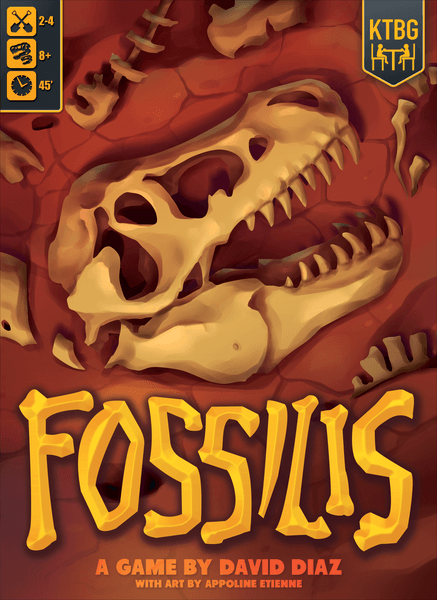 CR: What is your favorite type of game to play?
CR: What is your favorite type of game to play?
Sen: RPGs and deckbuilders are my faves.
Jay: I love Euros, but specifically I love games that do something totally new that I haven’t seen before. Like Looney Quest, or Chronicles of Crime, or Fossilis – I just love bonkers new ideas!!
CR: How do you feel about Monopoly?
Sen: I’ve played an awful lot of Clone Wars Monopoly and I’m still alive to talk about it, so I don’t mind it.
Jay: I know that so many people have memories of playing games with their family growing up, and this is one of the most prominent games that they played, which means there are a lot of feelings of home and nostalgia wrapped up in the game. This means it just perpetuates from generation to generation and will always sell because everyone knows how to play it (even though a very small percentage of people actually know how to play it correctly). So I appreciate it’s position in our culture, and I’ll never gatekeep our industry by dismissing it or saying you’re not a real gamer blah blah blah……but it really isn’t a great game by today’s standards.
On MIND MGMT
CR: MIND MGMT is ultimately a story about finding out that a long-dispelled set of facts was wrong and that powerful secret society affecting major outcomes does exist. What’s something you long believed that turned out to not be true (or vice versa)?
Sen: While I know that Nelson Mandela didn’t die in the 80s, I did think there was a horn o’ plenty in the Fruit of the Loom logo…
[Jay tried to answer several times but freezed up each time in a pained manner. We moved on.]
CR: MIND MGMT is set within the world of artist Matt Kindt’s comic series. Were you aware of the now-wrapped series prior to development of the game? And how did you know it was the right vehicle for your ideas?
Sen: Jay is a huge fan of Matt’s body of work, though I think I might have read more than Jay now as I like superhero comics and Jay doesn’t love them as much. MIND MGMT is a favorite around these parts! It actually took some time to land on the eventual idea. We tried a whole bunch of things before everything just clicked!
Jay: Yeah, I had two pieces of Matt Kindt’s art hanging in my office prior to us making a deal to do this game with him. We had met Matt at Gen Con and he liked our game Akrotiri and we off-handedly said he’d love a game for MIND MGMT. We both perked up and said, almost in unison, “Can we do it?” He was as excited as we were and we all agreed to make it a thing! So we started from scratch (many times actually) on what the game should be.
CR: You’ve mentioned elsewhere that you really felt the core of the game coming together when you decided on a hidden movement, One V Many approach. What was it particularly about that mechanism that resonated with you, and how much of that was tied into the setting you were working with?
Jay: One thing that was missing in previous iterations of our attempts to make a MIND MGMT game was the emotional experience and atmosphere of the world of MIND MGMT. They were all games, but none of them made you feel paranoid or gave you that tense feeling that you’re being manipulated. Hidden movement gave us those experiences in spades.
Sen: For me, personally, it’s the fact that I’m always listening to the other players debate about where they think I am when I play as the Recruiter. It’s like I have psychic abilities! I often try to use their incorrect logic against them.
CR: What would you say is the most innovative aspect to how you approached a hidden movement game?
Jay: Hands down it’s our Mental Note tokens. We struggled for a long time in trying to figure out how to allow the agent players the ability to write things down. We tried everything, but it was never interesting or people just ignored it entirely. Once we figured out that we could use dry erase tokens…well, that changed everything! Finally players could actually track information even when they didn’t get a hit. This was huge and reduced a huge mental load from players as they could easily keep track of everything right there on the board itself using these tokens. It really made a good game, an amazing game!
Sen: Yeah. I’d also say while the mission is always the same for the Recruiter, the Rogue Agents must also deduce which psychic ability the Recruiter has – this dictates the pattern the Recruiter moves in when they activate their ability.
CR: The game makes use of what you call your SHIFT system – a means of altering future playthroughs that’s neither really a campaign nor a legacy system. How did that idea come about, and what makes it a more distinctly unique experience than campaigns or legacy titles?
Sen: This came about though playtesting with some of the best in the biz – Evan Derrick of Van Ryder Games, Sean Jacquemain of Kids Table Board Games, and Matt Leacock of…Matt Leacock! We basically melted their brains by throwing everything and the kitchen sink into the game. They all said that while everything we designed was cool, it was way too much for a first time player to process – even these titans of the industry!
How that happened was one of the most important design lessons we’ve learned. Jay and I both have test groups that we iterate with. This is great as they get experience and learn the intricacies of the game inside and out. This is also bad because they will never be first time players ever again and so they kept wanting more stuff added to the game to “spice things up”. And, wow, did we ever give them spicy things. Talk about design creep!
Jay: That’s the perfect summary of why we came up with this system! As to how it works – since it’s a one vs. many game, whichever side loses gets to open a new package in the SHIFT System. The game comes with 7 sealed packages for each side – so there are 14 sealed packages in the game. Each one provides that side with new cards, components and rules to help them the next time they play! The side that lost most recently chooses how many of the opened packages that they want to play with, and the opposing side must play with fewer packages (they play with fewer and fewer the more the losing side keeps losing).
What’s great is that nothing is destroyed and everything is re-settable. Once everything is opened, you can play however you like – including even using it as a handicap for players that are really good at one side.
CR: The two of you have designed more than a few titles to this point and have worked together for a long time. Yet this is the first instance of you taking a game to Kickstarter. What was your favorite part of that experience to you compared to past publications? What was the most challenging?
Sen: To be very clear, this was all Jay. We had some issues with a previous publisher and we didn’t want to wait to pitch it to someone else. So Jay, ever the entrepreneur, took it upon himself to make our dream a reality. My favorite part was knowing that the publisher would reply to my email! The most challenging was that we didn’t have a lot of other people to rely on unless Jay wanted to pay for consultation, which he did for rules and app development.
Jay: The best part was 100% the opportunity to partner with Matt Kindt. He’s a genius, and he and I have the same outlook on creative endeavors: that you should always try to take advantage of the medium you’re in. This made it so much fun to partner with Matt as we both kept packing ideas into this game throughout its entire production. There are so many secrets packed in this game!
Did you know that you can even find information in this game that will lead you to a website and if you enter secret words, found in the game, that it will lead you to brand new cards that you can print out and add to your game?!? How cool is that?!
CR: Finally, let’s just say – totally theoretically of course – that psychic powers and MIND MGMT did exist. Which psychic ability would you want to have most?
Sen: Hmm…I think it’d be neat to be a Dreamwalker and travel through people’s dreams.
Jay: So, tiny spoiler here: Matt added me as a character in one of the 14 mini-comics that comes in the game and he gave me a power! I create board games….but anyone who plays one then must follow all my directions! That’d be super cool!
If you missed out on the MIND MGMT Kickstarter, the game is currently in distribution in the US, Canada, and the EU. If your local game store doesn’t already have it, they should be able to order it for you! We’d like to just hand it to you ourselves, but no one said uncovering a conspiracy was going to that easy!
Photo Credits: MIND MGMT game cover and photos by Off the Page Games.

